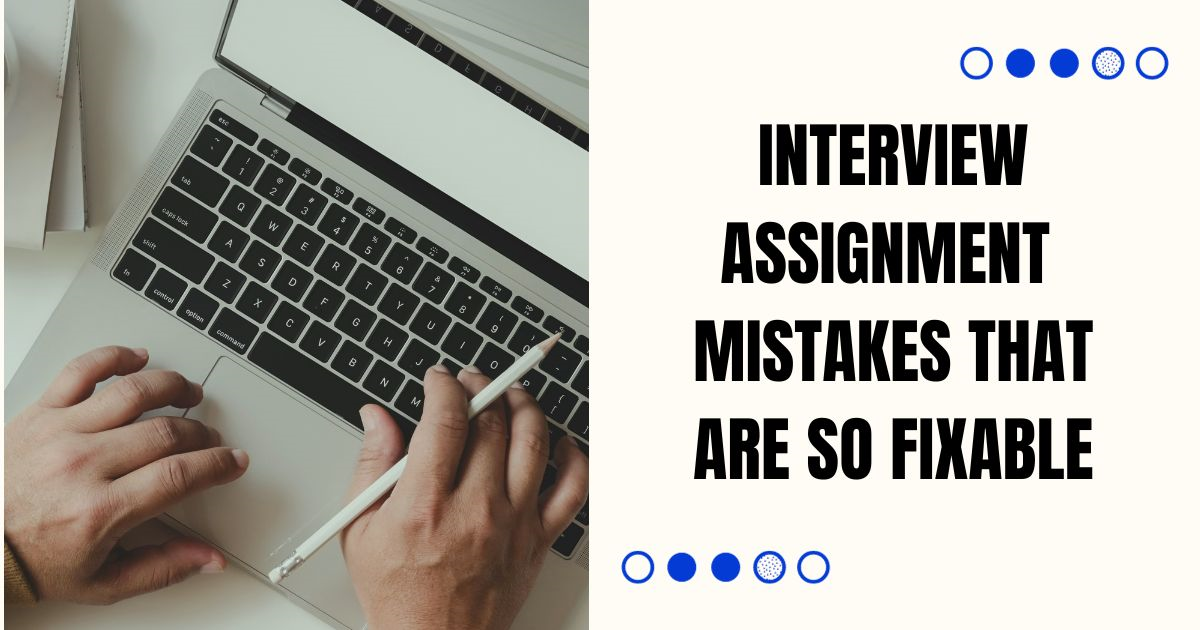
Conducting interviews seems straightforward, but avoidable missteps like inadequate preparation, unfocused questions, poor recording, or lack of context and analysis can sabotage the assignment’s success. Interviews should reveal meaningful insights through the subject’s experiences that support your research aims. “Write my assignment for me” services can conduct effective interviews for your papers. You ensure polished results by sidestepping these common mistakes and aligning interview strategies with desired takeaways. Follow these interview tips to elicit impactful material during interviews and develop it into compelling papers.
Research Background Thoroughly
Skimping on background research risks saving interviews with redundant or irrelevant questions better addressed through existing sources. Determine what remains unknown or requires firsthand corroboration to tailor unique questions eliciting new material. Research contextual topics like the subject’s credentials and involvement related to the theme. Explore their public positions on issues through available materials to avoid redundant ground. Frame questions examining their less publicized attitudes or experiences to uncover new territory benefiting research.
Prepare Purposeful Questions
With thorough background research completed, draft an outline of questions targeting the specific unknowns you aim to illuminate through the subject’s insights. Sequencing matters, so organize questions to build rhythm and elicit detailed responses. Start with basic biographical or warm-up questions before building into more substantive subject matter. Prepare ample questions to fill time if earlier responses are brief, but remain flexible skipping redundant ones to keep discussion flowing. Open-ended questions like “Tell me about your experience with...” yield more descriptive accounts.
Schedule Interviews Thoughtfully
When requesting interviews, explain your research goals and ideal timeline, then accommodate the subject’s availability even if slightly inconvenient. An interview subject taking time from a busy schedule deserves deference—schedule morning meetings when subjects are typically most alert and focused. Allow extensive lead time for prominent figures whose calendars fill quickly. If possible, avoid distracting settings with disruptive noise or people coming and going. Choose locations conducive to quality conversations.
Obtain Necessary Permissions
Resolve any logistics needing pre-approval to avoid mid-interview delays. Confirm whether recording audio or video requires permission from the subject or facility. If interviewing children, secure parental consent forms. Determine and fulfill site access requirements beforehand. Draft non-disclosure agreements if the subject will share confidential information and request approval to credit their name. Handle bureaucratic hurdles ahead so you can focus fully on productive dialogue.
Calibrate Recording Equipment
If planning to record audio or video, test equipment under real conditions prior to the interview. Audio recorders should capture clear conversations from a distance without intrusive ambient noise. Opt for Lavalier microphones versus an omnidirectional device capturing all surrounding sounds. Ensure fresh batteries with backups on hand. The video should frame subjects at a flattering angle with adequate lighting. Adjust settings until achieving quality results then verify consistency across interviews.
Take Notes Even if Recording
Transcribing full recordings requires extensive time. Jot down shorthand notes even if using a recorder to expedite identifying key quotes later without wading through hours of tape. Note standout statements almost verbatim including time-stamps to easily locate audio segments for transcribing. Mark emotional reactions and body language adding color. List follow-up questions spurred. These concise cues ease locating salient exchanges within recordings and reconstructing the overall flow. For large research projects, professional capstone project writing services can handle interview transcriptions.
Ask Followup Questions Smoothly
The best interviews evolve conversationally, with intriguing threads organically explored in depth through seamless follow-up questions. Listen closely for hints of something unanticipated or ambiguous requiring clarification. Request they expand upon fascinating tangents relevant to your research aims. Phrase followups conversationally, like “You just mentioned [x], could you describe more about how that impacted your work?” Rather than rigidly adhering to scripted questions, adaptively cultivate promising leads interviewees introduce.
Analyze Content Thematically
Avoid simply transcribing interview content sequentially. Review notes and recordings analytically to categorize exchanges related to key themes. Compare subject responses identifying overlaps and distinctions their attitudes reveal. Consider which selected quotes and anecdotes best illustrate each identified theme to incorporate within paper discussions. Develop contextual analysis exploring what revelations about the research topic arise from their collected comments and stories.
Synthesize With Other Sources
Situate interview findings within the larger constellation of research collected from scholarly sources, statistical data, and other firsthand accounts for maximum value. Compare and cross-validate facts and narratives gathered through interviews with outside sources studying the same phenomena to note areas of confluence versus discrepancy. Assess interviews critically rather than accepting them as absolute truth. Synthesize by interweaving voices from interviews as evidence reinforcing broader arguments, not as standalone anecdotes.
Maintain Interview Structure
When incorporating interviews into papers, establish context upfront explaining the subject’s relevant credentials and the circumstances under which you conducted the interview. Present interview content thematically, or chronologically if useful, summarizing exchanges under subheadings. Use brief explanatory text introducing selected quotations. Paraphrase conversations concisely to embed key points within analysis rather than inserting multiple pages of verbatim interview transcripts overwhelming writing.
Proofread Meticulously
Closely proofread interview-based papers to confirm no errors are present, especially within quoted remarks, names, or citations. Follow style guides for formatting interview text. Verify descriptive adjectives characterizing the interview or subject to avoid undue bias. Exclude unnecessary details about question phrasing; focus on material interview content within quotations. Handle sources’ remarks ethically and accurately. For published work, obtain permission to print potentially sensitive information.
Conclusion
Flawed interview strategies waste opportunities to gain insights from primary sources and enliven research with firsthand perspectives. By thoroughly preparing tailored questions, actively listening for emerging threads while taking detailed notes, analyzing content thematically, situating responses within wider research, and meticulously proofing the use of interview material, the fruits of these exchanges fully enrich papers. Approach interviews as gold mines of original evidence to showcase your diligent investigative skills.



